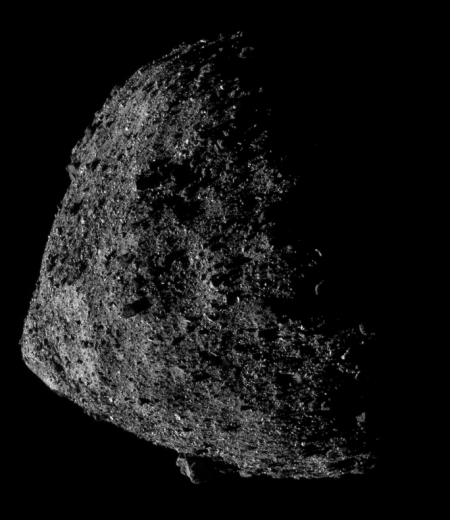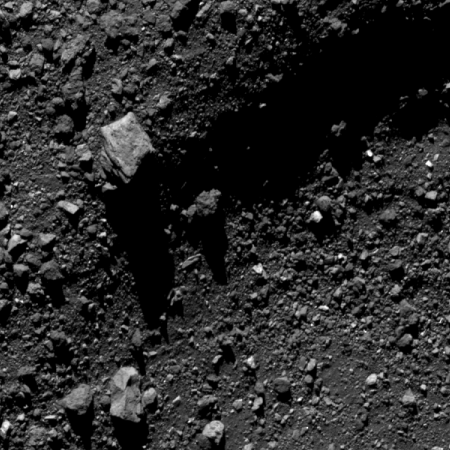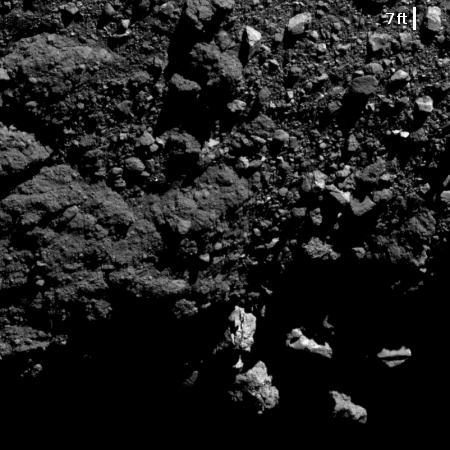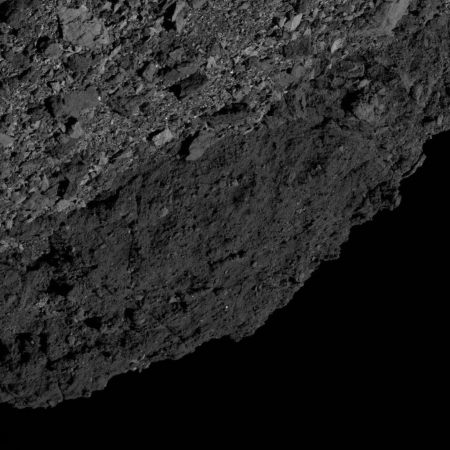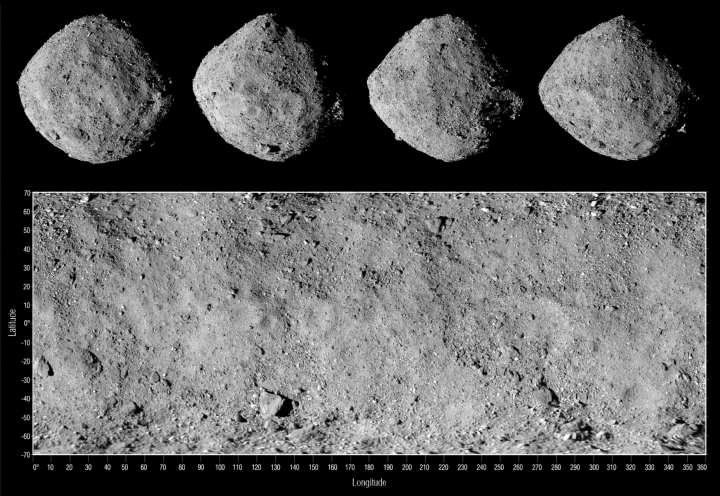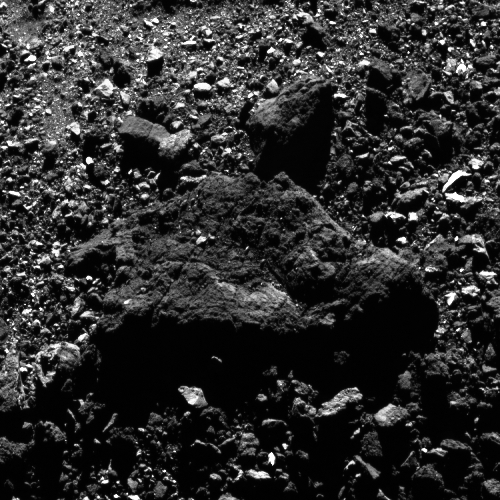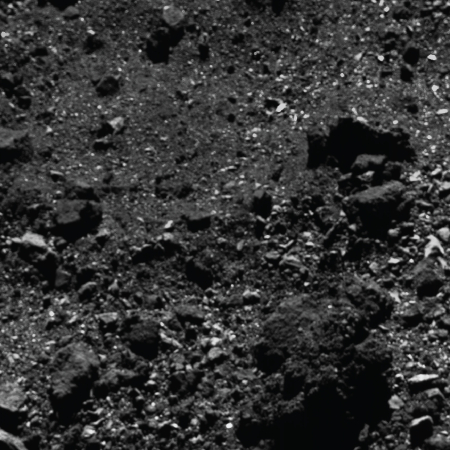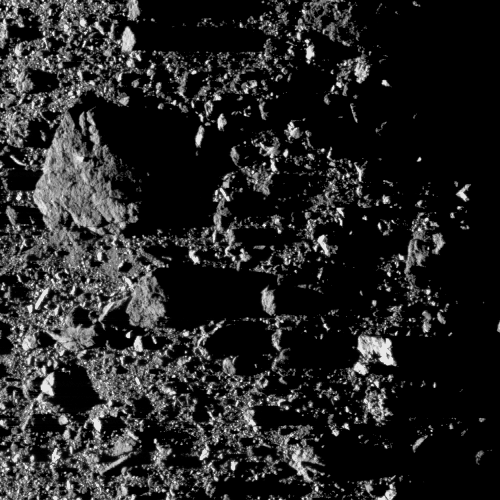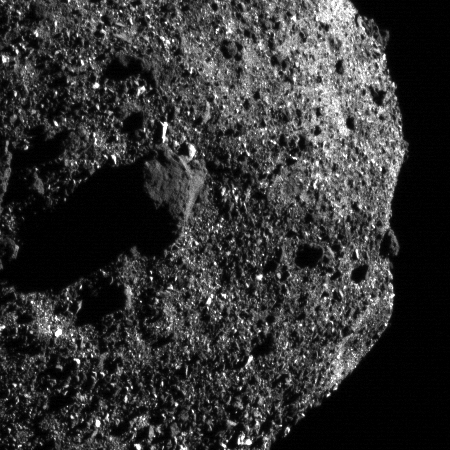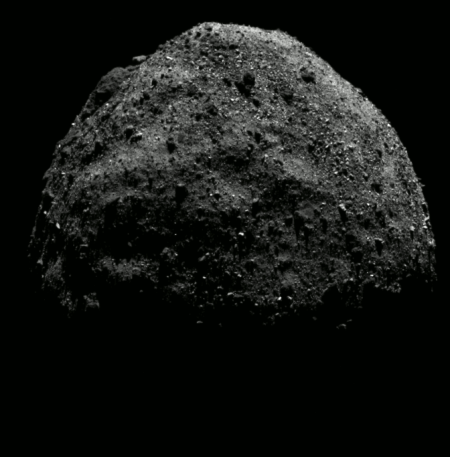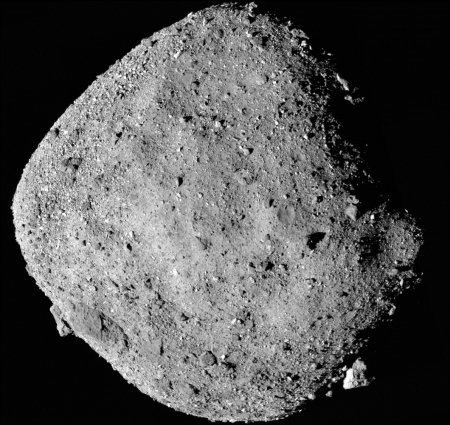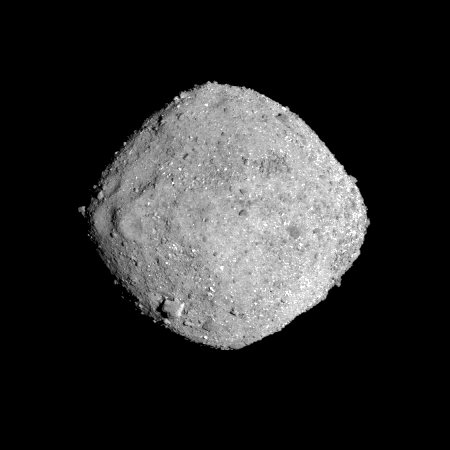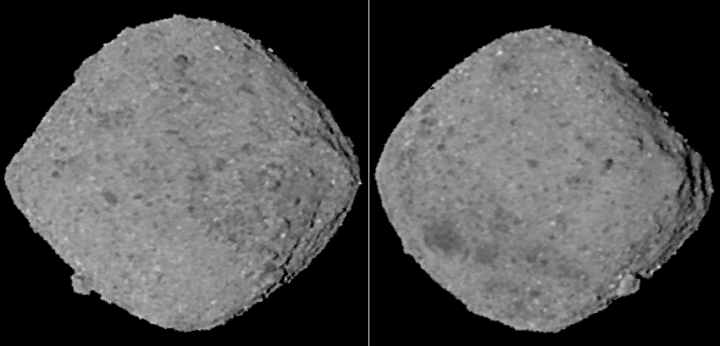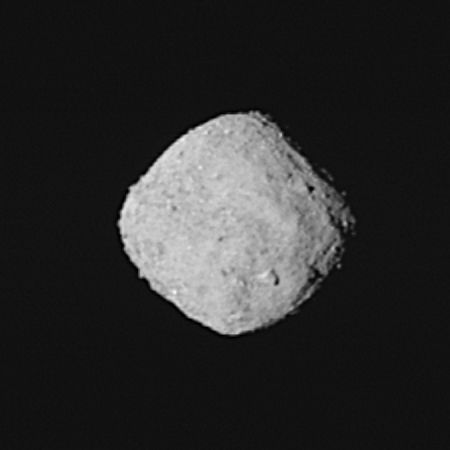OSIRIS-REx’s four candidate landing sites
The OSIRIS-REx engineering team has released a short video that flies over in close-up, showing the spacecraft’s four candidate sites on the asteroid Bennu, one of which will be where they will do a touch-and-go sample grab.
They continue to accumulate data on the four sites, all of which pose issues and risks because of nearby boulders and the looseness of Bennu’s rubble pile make-up.
Though all the sites are being considered, my sources in the industry suggest that the two dubbed Sandpiper and Nightingale are being favored. I like Osprey, because it is inside a crater and looks clear, but then, what do I know?
The OSIRIS-REx engineering team has released a short video that flies over in close-up, showing the spacecraft’s four candidate sites on the asteroid Bennu, one of which will be where they will do a touch-and-go sample grab.
They continue to accumulate data on the four sites, all of which pose issues and risks because of nearby boulders and the looseness of Bennu’s rubble pile make-up.
Though all the sites are being considered, my sources in the industry suggest that the two dubbed Sandpiper and Nightingale are being favored. I like Osprey, because it is inside a crater and looks clear, but then, what do I know?

